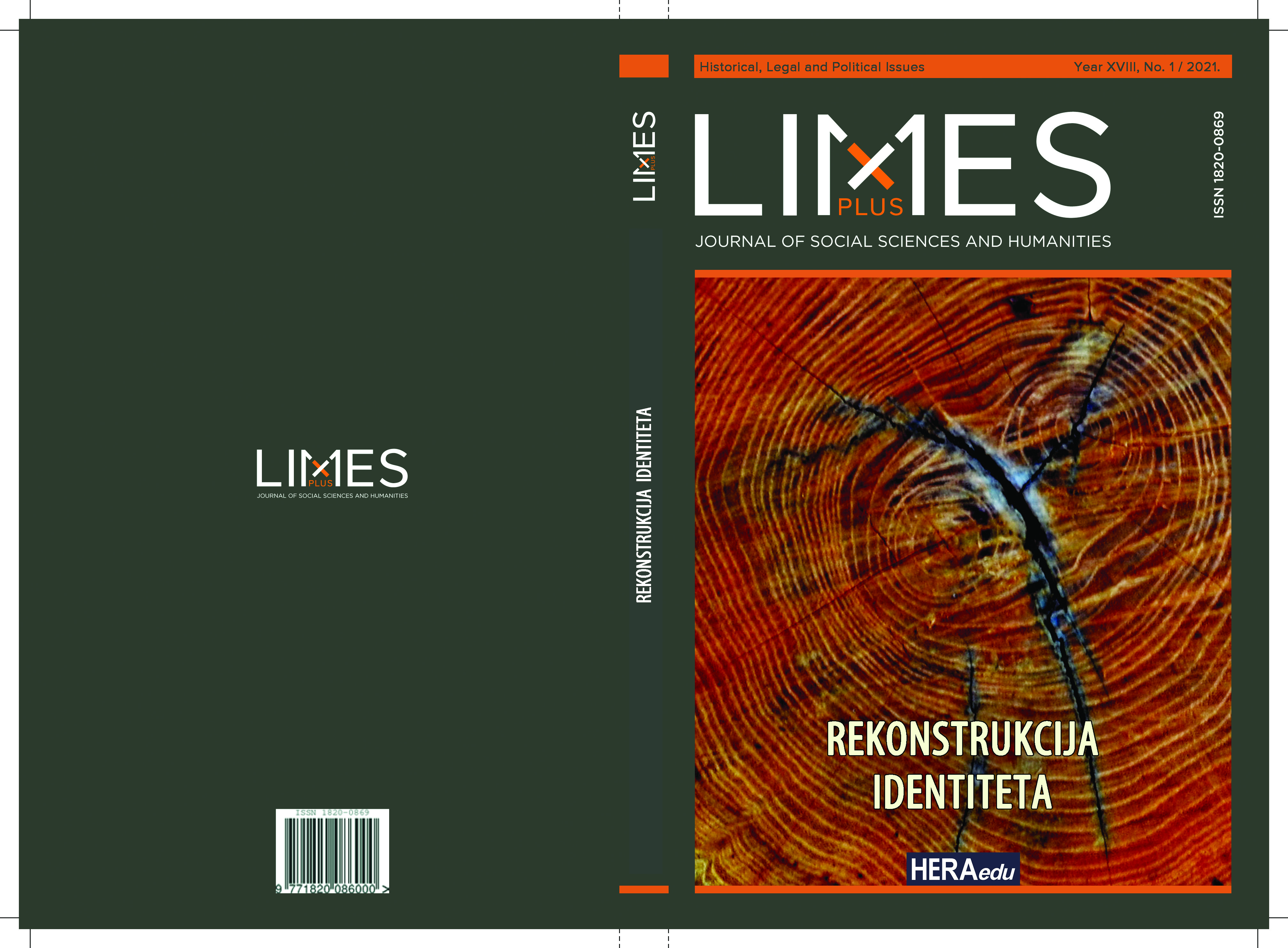STRENGTHENING E-SERVICES AS A NEW IDENTITY PARADIGM IN SERBIAN RETAIL BANKING DURING COVID-19
STRENGTHENING E-SERVICES AS A NEW IDENTITY PARADIGM IN SERBIAN RETAIL BANKING DURING COVID-19
Author(s): Nevenka Popović Šević, Milica Slijepcevic, Aleksandar ŠevićSubject(s): Business Economy / Management, ICT Information and Communications Technologies
Published by: HESPERIAedu
Keywords: retail banking; e-banking; COVID-19; corporate identity
Summary/Abstract: The retail banking sector has been significantly affected by the onset of the COVID-19 pandemic in the first quarter of 2020. Banks’ share prices have sunk and to demonstrate their business acumen and resilience, it is necessary to offer an alternative to customers who do not want to visit retail branches. In our questionnaire distributed to retail banking users in the Summer of 2020 we examined the attitude towards branch banking and e-banking, respectively. We find that during the COVID-19 pandemic, customers were less willing to use branches, but the visits were not completely interrupted. In addition, this trend was somewhat conditioned by the area where respondents lived, i.e. Belgrade, Inner Serbia or Vojvodina. The impact of COVID-19 was more severe in larger urban areas, but this did not seem to cause more digitalization across various age groups. While the health hazard has reduced the frequency of bank visits, we have found that the youngest users, i.e. those in the 20 to 30-year cohort, are more determined to use e-banking services and avoid visiting branches. For banks that aim at reducing bank queues and the number of branches, repositioning in the market also means that e-banking advertisements should be tailored not only for the oldest clients but also for those older than 40 years of age.
Journal: LIMESplus
- Issue Year: 2021
- Issue No: 1
- Page Range: 97-122
- Page Count: 26
- Language: English

